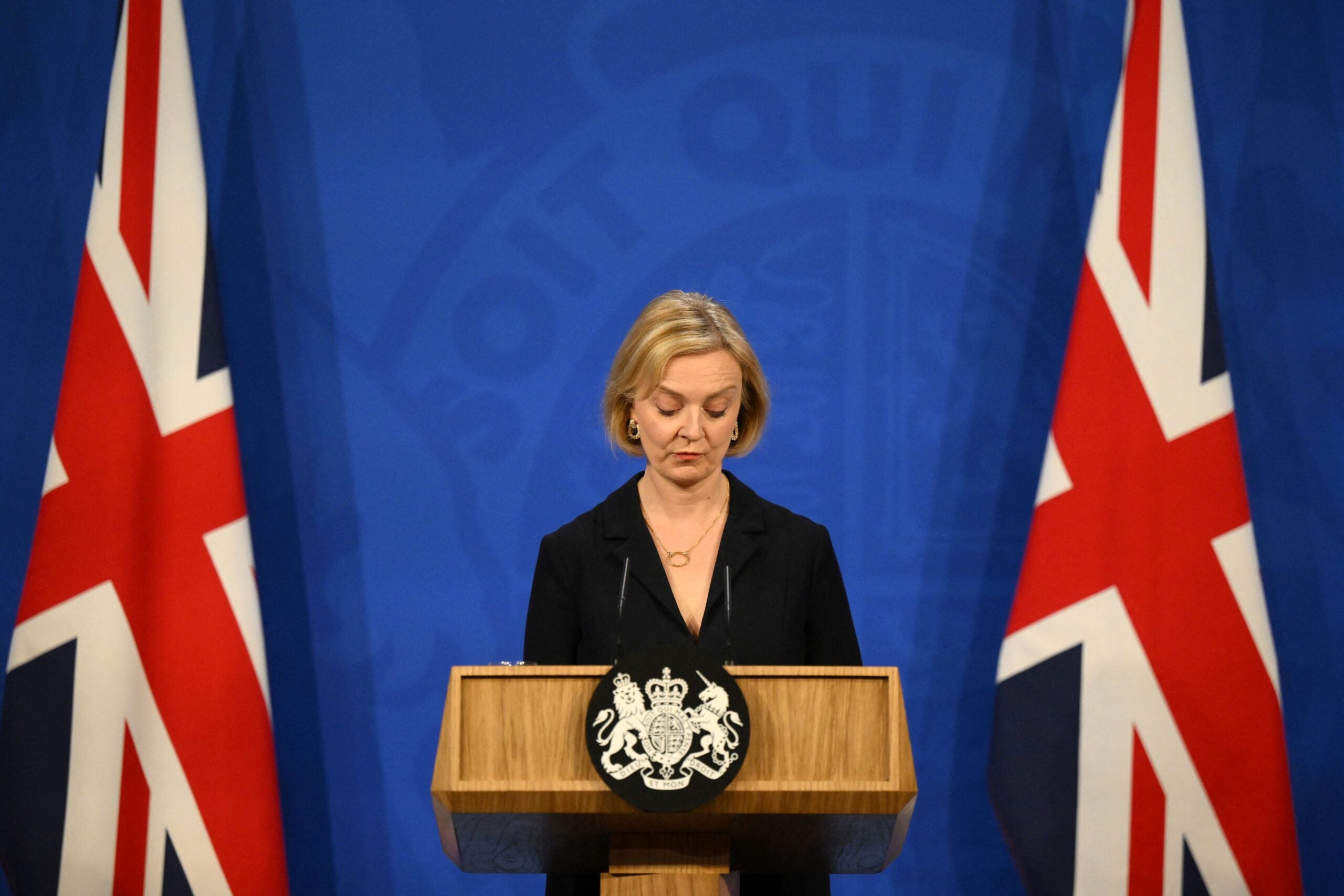When you sell an asset, you generally have to pay capital gains tax (CGT) on any profit you make from the sale.
For most of us, the most valuable asset we own is our family home and many of us stand to make a significant profit if we sell.
Does this mean that you have to pay CGT when you sell your house?
Fortunately, in most cases the answer is no. The tax law provides for an automatic exemption from any capital gain (or loss) resulting from the sale by a taxpayer of his principal residence.
However, this is not a general exemption. There are still situations where part or all of the gain resulting from the sale of your principal residence may be subject to CGT.
Tip: The principal residence exemption is only available to individuals and not to a company. Usually it is not available to trustees although it may be available to the trustee of a deceased estate. Keep this in mind when buying a home, especially if you choose to buy through a corporate or trust structure.
What is my main residence?
In short, this is your home.
The ATO has set out some of the factors it looks for when determining if the property you’ve transferred is your primary residence. These include:
- Whether you and your family live there;
- If you have moved your personal effects in the house;
- If your mail is delivered to the property;
- If the residence is your address on the voters list
- If you have services and utilities connected (for example, telephone, gas or electricity);
- If you want the property to be your primary residence.
There is no minimum time you must live in a dwelling before it can be considered your principal residence, although a period longer than three months is often taken as a benchmark. Even if you only own a house for a short period of time – say six months – provided you tick all the boxes above, the property will be your principal residence.
To obtain the total exemption, it is not enough to simply be the owner of the house; it should also be considered your primary residence for the duration of the ownership. This period begins with the settlement of the purchase contract and ends with the settlement of the sale contract. If you only live in the home for part of the ownership period, you will only receive partial exemption.
The mere fact of intending to occupy the dwelling – without actually doing so – is not sufficient to trigger the exemption.
The principal residence exemption can only apply to property that includes a dwelling, that is, anything that is used wholly or mainly for residential purposes.
Here are some housing examples:
- a house or cottage;
- an apartment or flat;
- a strata title unit;
- a unit in a retirement village;
- a caravan, houseboat or other mobile home.
Merely owning land is not enough to qualify for the exemption, even if you intend to build a home later.
However, you can choose to treat the land as your principal residence for up to four years before a home is built under certain circumstances. You can choose to apply this exemption if you acquire land and you:
- build a house on the land
- repair or renovate an existing dwelling on the land, or
- complete a house partly built on the land.
You must meet a number of conditions before you can claim the exemption. You must first complete the construction, repair or renovation of the dwelling, then:
- move into the accommodation as soon as possible after it is completed
- continue to live in the property as your principal residence after it becomes your principal residence, ideally for at least three months.
And what about the land surrounding the house?
The CGT exemption includes any land adjacent to or surrounding the house, insofar as this land is used for private or domestic purposes in association with the dwelling. This means that a garden is fine, but not an agricultural field.
To be eligible, the land, as well as the land on which the house is located, must not exceed two hectares in area. Anything over two hectares would not be covered by the exemption and a gain (or loss) would be made on the excess portion. The taxpayer can choose which two hectares to include, but must include the land on which the house is located.
It is enough that the ground is close or near the ground to be considered as adjacent. So even if the land was in front of the house, it would still be adjacent.
The exemption also covers a garage, storage room or any other construction which is attached to or forms part of the house provided that it is used mainly for domestic purposes. For example, if you run a business from the garage, the exemption would not apply to the garage, but if you just park your car there, it would apply.
If adjacent land (or a garage, storage room, etc.) is sold separately from the rest of the property, the CGT exemption will not be available in relation to that disposal unless the land has been acquired from office.
Move into the house
The exemption for principal residence also covers any period from the acquisition of the dwelling to the time when it is possible to move into it for the first time. This takes into account situations where, for example, there is a delay in moving in due to illness or other reasonable cause.
The exemption does not extend to cases where you cannot move into the accommodation because it is rented or because it would simply be “inconvenient to move in”, for example, because you were employed elsewhere or because you were seconded to a new job before you moved in.
However, this would cover a period after a tenancy has ended if the landlord cannot move in immediately because repairs need to be made to the property to make it habitable again.
This rule means that the exemption will only be partially available if the house is not moved in from when it is possible to do so for the first time.
Can I have multiple primary residences?
You can only have one primary residence at any given time. The exception is if you sell your old property and buy another. In this case, you are entitled to a six-month overlap period when both properties can be your principal residence as long as:
- the new property will be your principal residence after the sale of the old property;
- you lived in the old property for at least three consecutive months in the 12 months preceding the sale; and
- the property was not used to generate rental income for the entire 12 month period during which it was not your principal residence.
If this six-month period is exceeded, you can claim the principal residence exemption for the 6-month period until the disposal of the old house, but a partial exemption will apply to the house which does not have been considered the principal residence beyond the six-month period. Date.
Can I derive income from my main residence?
More and more, people are using their homes to generate income. Sometimes they do this by renting part or all of the property, sometimes they do it by running a home-based business. In the past few years in particular, the number of home-based businesses has exploded.
If you tick one of these boxes, you may be giving up part of your CGT exemption.
This is because you generally cannot get the full principal residence exemption if you used part of your home to generate income during all or part of the time you owned it.
Tip: People who are simply working from home as part of their job (like teachers who might be doing corrections in the evenings or anyone else who might be doing a bit of overtime outside of the office) aren’t affected.
If you use your home to produce income, you are generally only entitled to a partial principal residence exemption.
Special rule for first income-generating use
The above rules are further complicated by an additional rule which applies when you have lived in the property for a period of time without generating any income from the property and then have started an income generating activity.
In this case, you are deemed to have acquired the dwelling the first time it was used to produce income for its market value at that time. This effectively erases the tax history of the property up to the time you started your income generating activity.
Tip: If you are starting to earn income from your property for the first time, you will need to obtain a market valuation of the property on the date you start your income generating activity. It makes sense to have a market valuation done on that date by a qualified appraiser.
Renting the whole property – the “six-year absence” rule
In certain situations, it is possible to continue to benefit from a total principal residence exemption event even though you are completely absent from the property and you derive income from it, possibly by renting it out.
If you own a property that is currently your principal residence, you may vacate the property for up to six years and benefit from the full exemption provided that no other property becomes your principal residence during the absence.
During this time, you can earn rental income on the property and claim a tax deduction (via the H&R Block tax professional life) for expenses as you would with a normal investment property. It is not necessary to move back into the unit before the transfer for the six-year absence rule to apply.
Note that the “six-year rule” resets each time you move back into the property and live there as your primary residence. This means that if you move back in and then move out later, renting the property out to tenants, you get a further six-year absence period during which the principal residence exemption is protected. In theory, this cycle can continue indefinitely until the asset is finally disposed of.
The six-year concession can only apply if the house actually already qualifies as a principal residence.
Tip: If you buy another property during your absence, you only have to choose the property to be considered as your principal residence when disposing of the first dwelling, and not at the time of the absence. This gives you the opportunity to plan and choose the property with the best tax result.
Get stories like this in our newsletters.












